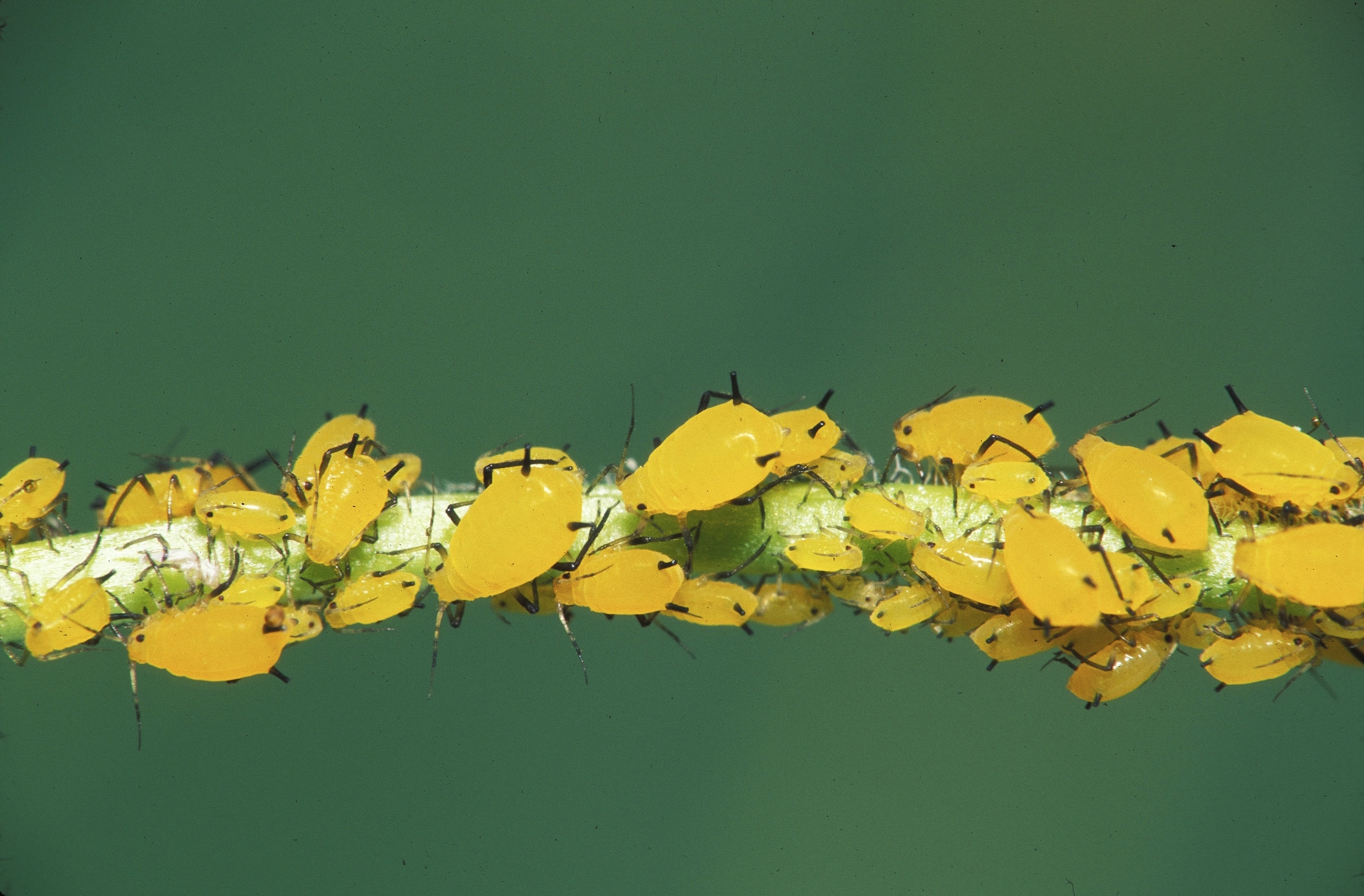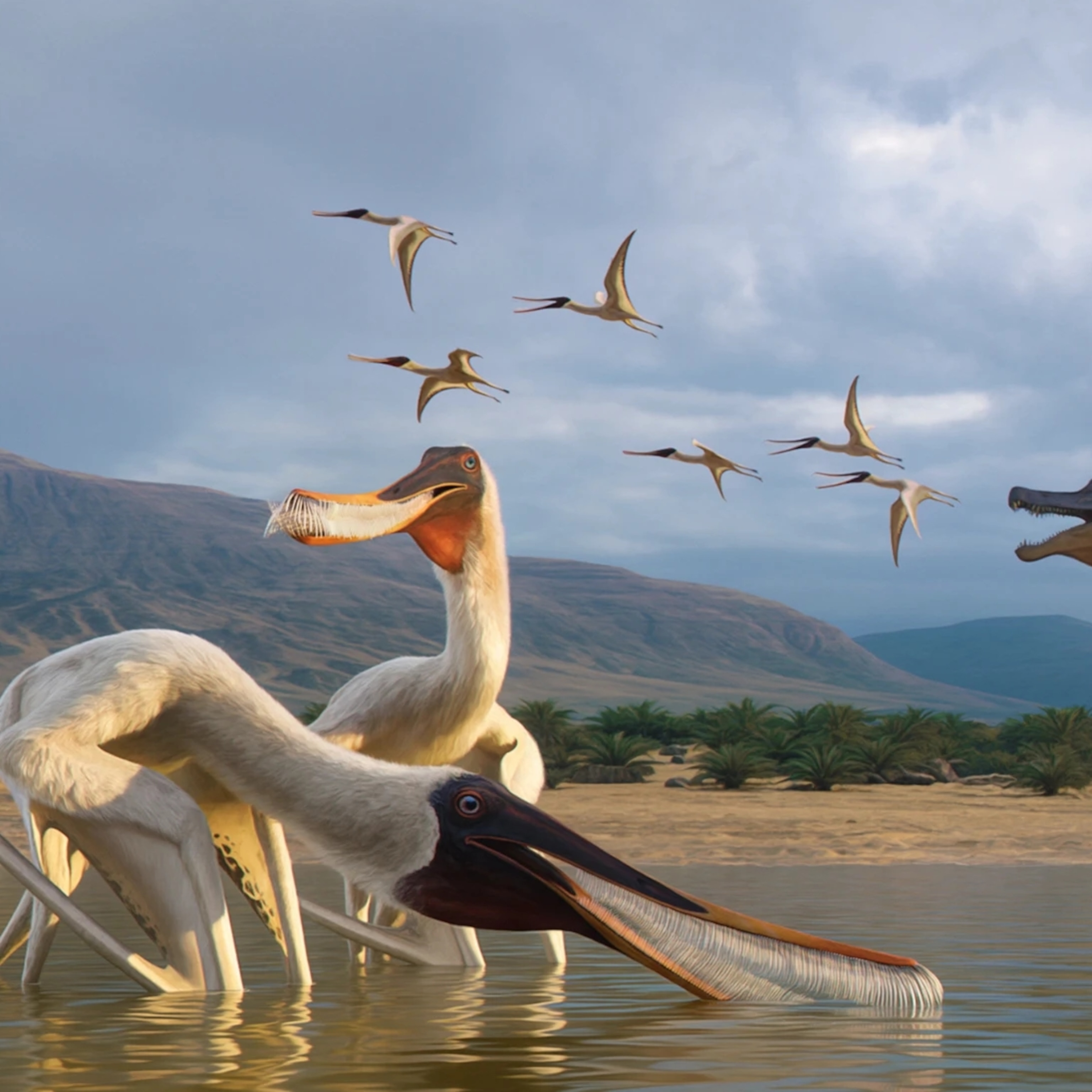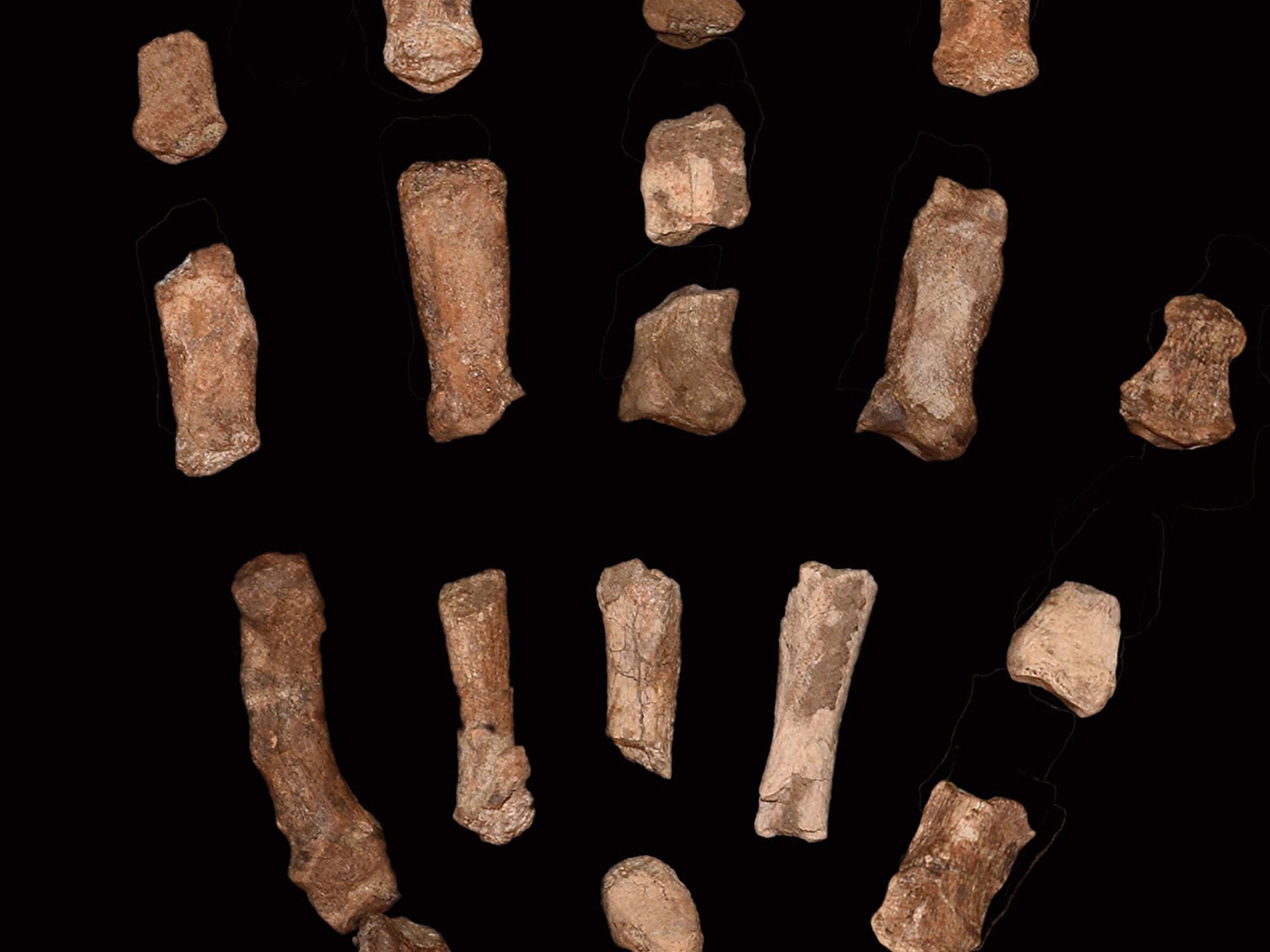
5 Times Evolution Ran in ‘Reverse’
Hagfish, penguins, and aphids are just some of the creatures that have been shaped by what’s known as regressive evolution.
Gaze into the face of a hagfish—a slimy, eel-shaped marine animal—and the hagfish won’t gaze back. The creatures are almost blind, finding their way around the seafloor primarily using their sense of smell and touch.
Now, in a shock to biologists, a close look at a 300-million-year-old hagfish fossil reveals that the animals once had working eyes—and evolution took them away.

The discovery challenges the way scientists think about the origins of the eye. Living hagfish are remarkably unchanged from their ancient counterparts, and so scientists long thought that modern, sightless hagfish eyes represented a kind of intermediate step between the primitive light-sensing spots in many invertebrates and the camera-like eyes of vertebrates, including humans. (Read “Inside the Eye: Nature’s Most Exquisite Creation.”)
But when Sarah Gabbott of the University of Leicester in the U.K. trained an electron microscope on the stony fish fossil, she found remnants of pigment-containing structures within its eyes. These structures would have allowed the animal to discern shapes and images, Gabbott and her colleagues report in the August edition of the Proceedings of the Royal Society B.
“I was superexcited to see that the eyes themselves were comprised of hundreds and hundreds of these small kind of ball- or elliptical-shaped structures … micron-size meatballs and sausages,” says Gabbott.
(Why Snakes Don't Have Legs (For Now))
Modern hagfish lack these structures, and instead “they have these weird sort of clear patches where their eyes should be.”
The remarkably well-preserved retinal tissue in the ancient hagfish suggests a "reverse course" in hagfish vision, a phenomenon known as regressive evolution. We often think of evolution as a process of accumulation, but it is just as much a process of loss. Abilities degrade when the cost becomes greater than the benefit, and eyes, it seems, are quite expensive.
Several species of cave dwelling animals, including fish, crabs, and salamanders, have evolved blindness and deteriorated eye structure. Last year, a study on cavefish found that the eye and visual processing in the brain may comprise 5 to 17 percent of the animal’s total energy consumption. Another paper published the same year mirrored these results, finding that in the surface-dwelling counterparts of young Mexican cavefish, vision uses up 15 percent of the animals’ resting energy.
Researchers continue to debate whether energy consumption or random mutations drive vision loss, with both processes likely working simultaneously. And it’s not just the eyes. Here are a few more notable examples of regressive evolution.
Penguins Became Flightless Birds
Penguin ancestors were able to fly, but they lost that ability quickly after the demise of the large dinosaurs. The oldest known penguin, with fossils dating to around 60 million years ago, was already a flightless swimmers with stubby wings. Modern penguins retain signatures of their airborne relatives, including wing bones, a pointy keeled breastbone for wing muscle attachments, and feathers. Losing flight made penguins better suited to their environment, because it meant that the birds could get bigger.
“I often consider [losing flight] a great breakthrough in penguin evolution,” says Daniel Ksepka, a vertebrate paleontologist and evolutionary biologist at the Bruce Museum in Connecticut. Flightless penguins evolved bigger muscles to better power through the water, denser bones that added strength and reduced buoyancy, and shorter, stiffer wings for more powerful swimming strokes with less drag. “Getting larger makes them more efficient at conserving heat, capable of deeper and longer dives, and opens the door to targeting larger prey,” says Ksepka.

Snakes Lost Their Legs
Plenty of evidence shows that snakes used to have limbs, although researchers continue to debate whether today’s serpents evolved from a leggy ancestor that lived on land or at sea. Most recently, a 2015 article in Science Advances made the case for land-based burrowers. Using detailed CT scans, researchers compared 3-D virtual models of the inner ears of aquatic, surface-dwelling, and burrowing snakes, lizards, and fossilized relatives. The team found specialized structures in the fossil animals akin to the ones modern burrowers use to hear low-frequency ground vibrations made by predators and prey. The evidence suggests that snakes descended from a burrowing ancestor, and their legs regressed so they could better wriggle through the ground.

Aphids Have Tubeless Butts
Most insects have excretory organs called Malpighian tubules that help regulate water retention, nitrogen excretion, detoxification, and immunity—except for aphids. While the aphid excretory system isn’t widely studied, research so far suggests that the bugs have genes that seem similar to the ones in other insects’ Malpighian tubules. But for some reason, the tubules themselves have been lost to evolutionary history. As a possible cause, researchers point to the aphid diet of plant sap: The liquid tends to be uniform in composition and composed of simple molecules, so perhaps aphids just don’t need these specialized organs.

Birds No Longer Have Teeth
Birds evolved from dinosaurs, and ancient species like Archaeopteryx, the best known link between dinosaurs and birds, were just as long in tooth and claw. Thankfully, even today’s most voracious avian predators do not have teeth, although scientists aren’t entirely sure why birds lost their dental work. One theory says that teeth grew smaller and eventually gave way to beaks to reduce weight for flight. But a 2014 study in Science pushes back on this theory, finding that tooth loss and early beak formation occurred at about the same time.
No matter why birds lost their teeth, several lines of research suggest that it did not take much genetic change to make the switch. In a paper published last year in Evolution, researchers were able to tweak chicken embryos and give them toothier, much more dinosaurlike faces with just a few changes in gene expression.








